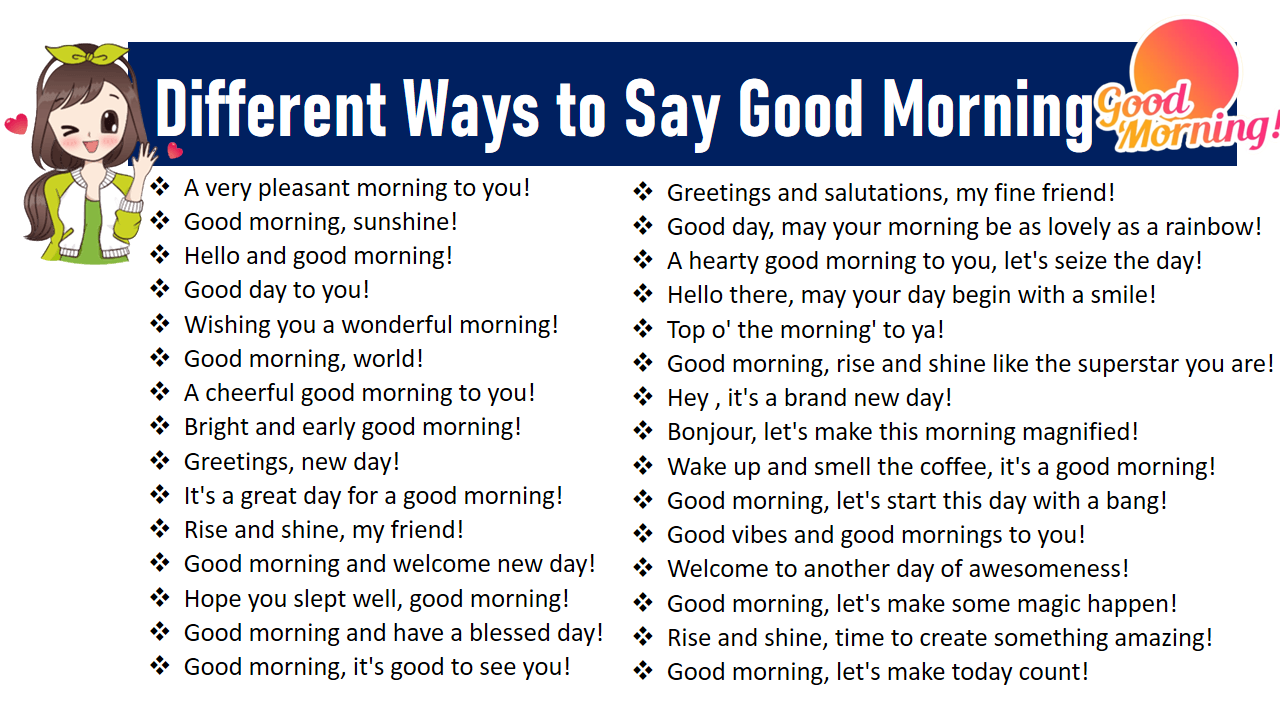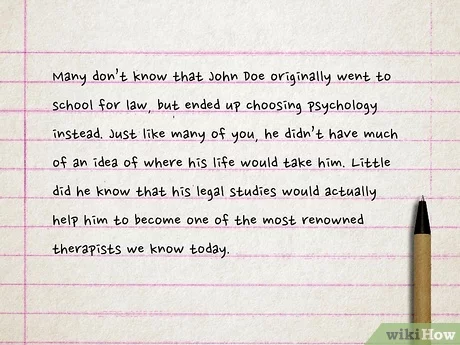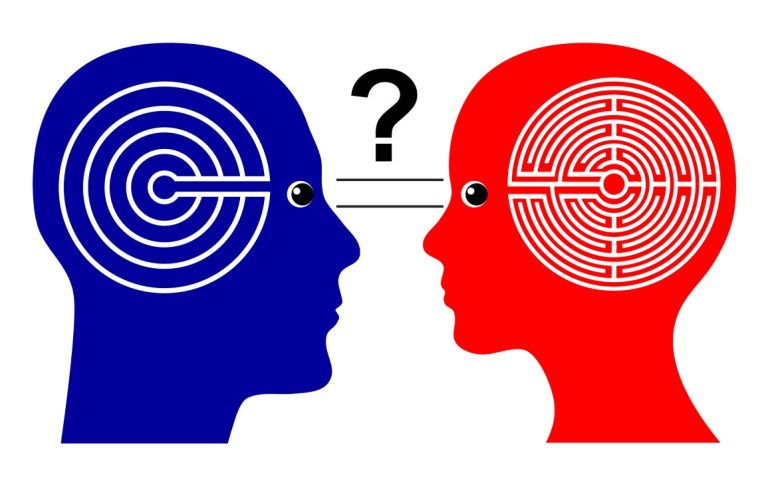How To Say Good Morning In A Speech?
Good morning, ladies and gentlemen! Imagine waking up to a bright, new day, the sun gently kissing your face, and the world awaiting your presence. As you step into the realm of public speaking, it is crucial to begin your speech on a positive and engaging note. And what better way to do so than by mastering the art of saying “good morning” in English? This seemingly simple greeting holds immense power, as it sets the tone for the rest of your speech, connecting you with your audience from the very beginning.
In today’s fast-paced world, where communication is increasingly digitized, the impact of face-to-face interaction should never be underestimated. By incorporating a warm and genuine “good morning” into your speech, you create an instant connection with your audience, making them feel valued and acknowledged. Moreover, this simple gesture demonstrates your respect, professionalism, and a willingness to engage on a personal level. So, whether you’re addressing a small group or a large gathering, the art of saying “good morning” can be a powerful tool in capturing your audience’s attention and leaving a lasting impression. Join me on this journey as we delve into the nuances of saying “good morning” in a speech, unlocking the secrets to a captivating and impactful delivery.
Good morning is a warm and friendly greeting to start the day. In a speech, you can begin by saying “Good morning, ladies and gentlemen” to address the audience. This simple gesture sets a positive tone and shows respect. Remember to speak clearly and confidently, and use appropriate body language to engage your audience. Starting off with a cheerful greeting helps create a welcoming atmosphere and captures the attention of your listeners.

How to Say Good Morning in a Speech
In a speech, it is important to start off on the right note and make a positive impression on your audience. One way to do this is by greeting them with a warm and friendly “good morning.” Saying good morning in a speech not only sets a friendly tone but also helps to establish a connection with your audience. In this article, we will guide you through the steps of how to say good morning in a speech, ensuring that you deliver a memorable and engaging opening.
Step 1: Understand the Audience
Before you begin your speech, it is essential to understand your audience. Consider the context of the event and the demographics of the attendees. This knowledge will help you tailor your greeting to be relevant and relatable. For example, if you are speaking at a professional conference, your greeting may be more formal compared to addressing a group of students at a college orientation. Understanding your audience will allow you to choose the appropriate level of formality and tone for your good morning greeting.
Step 2: Choose the Right Words
When saying good morning in a speech, the choice of words is crucial. You want to convey warmth, positivity, and enthusiasm. Consider using words such as “bright,” “wonderful,” or “delightful” to add an uplifting touch to your greeting. You can also include a short sentence or phrase that reflects the theme or purpose of your speech. For example, if you are speaking about the importance of teamwork, you could say, “Good morning, fellow collaborators! Let’s embark on this journey of discovery together.” By selecting the right words, you can create a memorable and impactful opening to your speech.
Step 3: Delivery and Body Language
Once you have chosen the right words, it is essential to pay attention to your delivery and body language. Stand tall, make eye contact, and speak with confidence. Your tone should be friendly and inviting, reflecting the warmth of your greeting. Smile genuinely as you say good morning, and use gestures that convey openness and connection. Remember, your body language and delivery are just as important as the words you choose. They help to create a positive and engaging atmosphere for your audience.
Step 4: Practice and Rehearse
To ensure a smooth and confident delivery of your good morning greeting, practice and rehearse your speech. Stand in front of a mirror or record yourself to observe your body language and facial expressions. Pay attention to your tone, pitch, and pace of speech. Practice until you feel comfortable and natural with your greeting. Rehearsing will help you build confidence and ensure that your good morning greeting sets the right tone for your speech.
Step 5: Adapt to the Situation
Lastly, be prepared to adapt your good morning greeting to the situation. If there are unexpected changes or developments, you may need to modify your greeting accordingly. Flexibility is key in public speaking, and being able to adapt will help you maintain a connection with your audience. Stay alert and responsive to the atmosphere of the event, and make any necessary adjustments to your greeting to ensure it remains appropriate and impactful.
By following these steps, you can confidently say good morning in a speech and create a positive and engaging start to your presentation. Remember to understand your audience, choose the right words, pay attention to delivery and body language, practice and rehearse, and adapt to the situation. With these tips in mind, you are ready to greet your audience with a warm and memorable good morning in your next speech.
Frequently Asked Questions
In this section, we will discuss how to say good morning in a speech. Saying good morning is a common way to greet people and show politeness. Whether you are giving a speech in a formal or informal setting, it is important to know the appropriate way to greet your audience. Below are some frequently asked questions about this topic.
Q: How do you say good morning in a speech?
When giving a speech, it is polite to start by greeting your audience. To say good morning in a speech, you can begin by saying “Good morning, ladies and gentlemen” or “Good morning, everyone.” This simple greeting shows respect and sets a positive tone for your speech. It is important to speak clearly and confidently when delivering your greeting, as it will help establish a connection with your audience.
Furthermore, you can also add a warm smile and maintain eye contact while saying good morning in a speech. These non-verbal cues can enhance your message and make your audience feel welcome and engaged. Remember, the way you greet your audience can set the stage for a successful speech.
Q: Is it necessary to say good morning in a speech?
While saying good morning in a speech is not mandatory, it is highly recommended. Starting your speech with a polite greeting shows professionalism and respect towards your audience. It creates a positive atmosphere and helps to establish a connection with your listeners. By acknowledging the time of day and greeting your audience, you are demonstrating that you value their presence and are grateful for their attention.
Moreover, saying good morning in a speech can also help to break the ice and make your audience more receptive to your message. It sets a friendly tone and can help to put both the speaker and the listeners at ease. Overall, including a greeting like good morning in your speech is a simple yet effective way to make a positive impression on your audience.
Q: Can I use a different greeting instead of saying good morning in a speech?
Yes, you can use a different greeting instead of saying good morning in a speech, depending on the context and the audience. For example, if you are giving a speech in the evening, you can say “Good evening, ladies and gentlemen” or “Good evening, everyone” to greet your audience. Similarly, if you are speaking to a specific group, you can tailor your greeting accordingly.
However, it is important to be mindful of the occasion and the cultural norms. Make sure your greeting is appropriate and respectful. It is always a good idea to research and understand the cultural customs of your audience before delivering a speech. By doing so, you can ensure that your greeting is well-received and aligns with the expectations of your listeners.
Q: Are there any alternatives to saying good morning in a speech?
Yes, there are alternative ways to greet your audience in a speech besides saying good morning. Instead of using a specific time of day, you can start your speech with a general greeting such as “Hello, everyone” or “Greetings, ladies and gentlemen.” These greetings are neutral and can be used in any setting, regardless of the time of day.
Additionally, you can also choose to acknowledge the occasion or the purpose of your speech in your greeting. For example, if you are speaking at a conference, you can say “Welcome, esteemed guests” or “Thank you for joining us today.” These greetings not only show politeness but also demonstrate that you are aware of the context and the importance of the event.
Q: Should I say good morning to individual audience members in a speech?
While it may not be practical to say good morning to each individual audience member in a speech, you can still acknowledge them collectively. Instead of addressing individuals directly, you can use a general greeting that includes everyone, such as “Good morning, ladies and gentlemen” or “Good morning, everyone.” This way, you are still showing respect and acknowledging the presence of your audience as a whole.
However, if you are speaking in a smaller, more intimate setting, such as a workshop or a seminar, you may have the opportunity to greet individual participants. In such cases, you can make eye contact with each person and say a brief good morning or hello as you make your way around the room. This personal touch can help to create a sense of connection and make your audience feel valued.
How to Start a Speech THE RIGHT WAY #shorts
In conclusion, mastering the art of saying good morning in a speech is not merely a formality, but a powerful tool to establish a positive connection with your audience. By starting your speech with a warm and genuine greeting, you can instantly capture their attention and set the tone for a productive and engaging conversation. Remember to consider the context, audience, and purpose of your speech, as these factors will guide you in choosing the most appropriate and impactful way to say good morning.
As English speakers, we have a multitude of options to convey our greetings effectively. Whether you opt for a traditional “good morning” or explore more creative alternatives like “bright and sunny greetings” or “a hearty hello,” the key lies in delivering your words with sincerity and enthusiasm. So, the next time you find yourself standing before an audience, take a moment to consider the impact of your opening greeting. Harness the power of a well-crafted good morning to captivate your listeners and pave the way for a successful and memorable speech.




